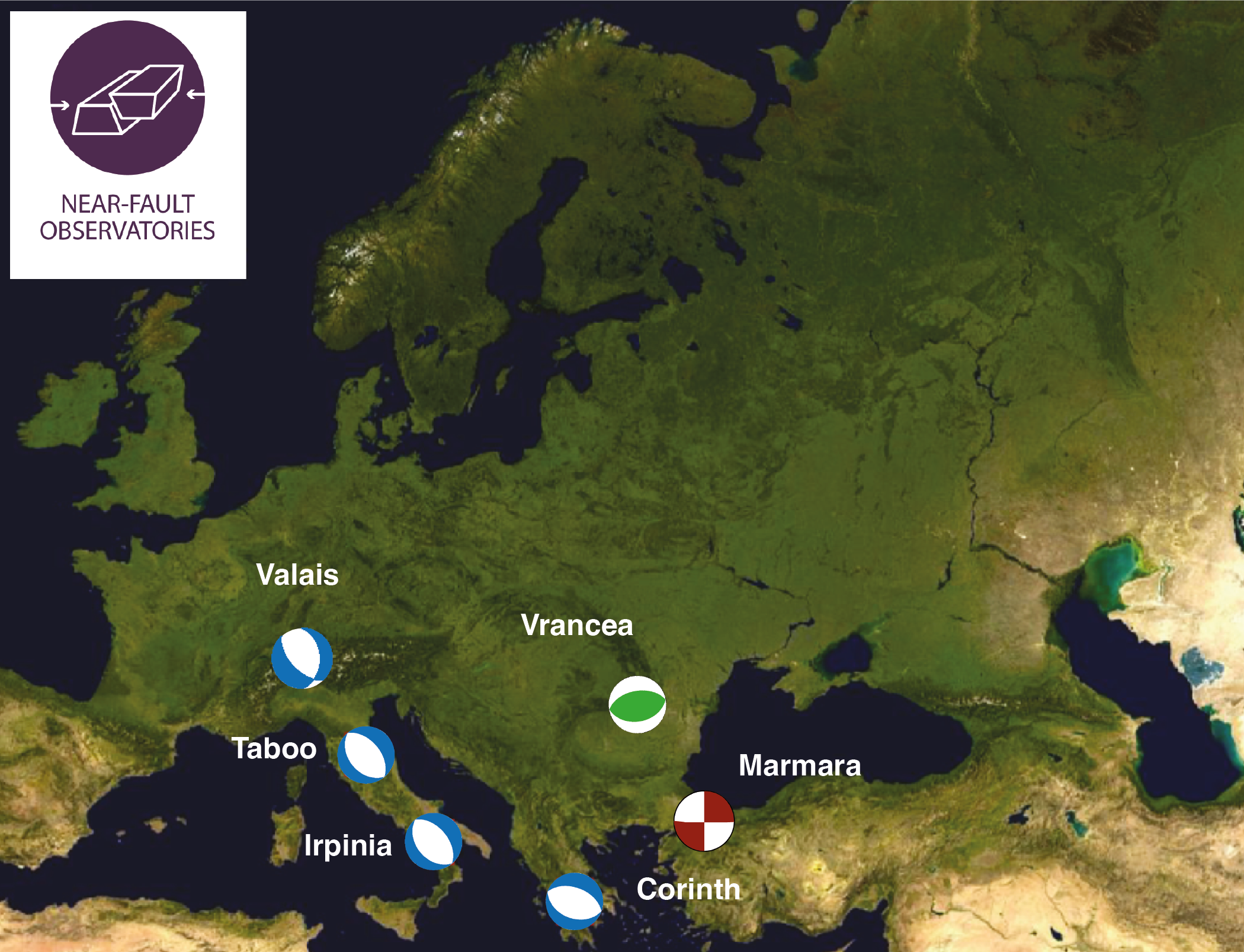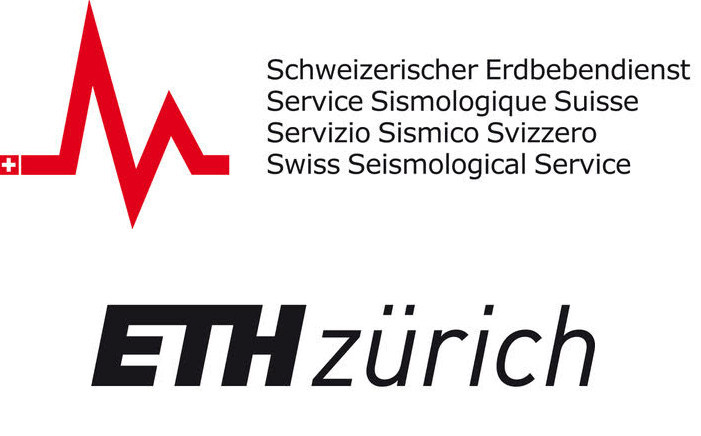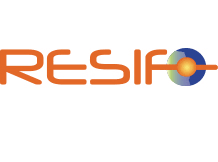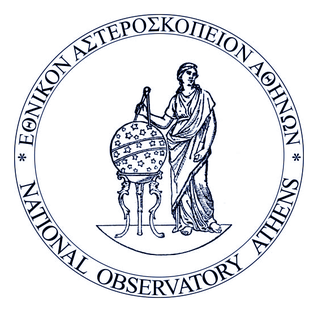NEAR FAULT OBSERVATORIES AND THE ROAD OF INTEGRATION
Near Fault Observatories (NFO) research vision is grounded on modern and multidisciplinary monitoring infrastructures collecting near fault high resolution data. Crustal faults are complex natural systems whose mechanical properties evolve over time. Thus, the understanding of the multi-scale, physical/chemical processes responsible for earthquakes and faulting requires considering phenomena intersecting different research fields. NFOs are innovative research infrastructures providing multidisciplinary data aimed at improving the understanding of such a variety of processes responsible for earthquakes and faulting (THE ROAD OF INTEGRATION).

The NFO is one of the EPOS Thematic Communities (TCS), consisting of seven NFOs operating on different tectonic regimes in Europe (see map). NFOs consist of very dense, state of the art networks of multi-parametric sensors that continuously monitor the underlying Earth instability processes over a broad time interval. These networks usually complement regional networks with higher density distributions of seismic, geodetic, geochemical and other geophysical sensors located in the near-source domain of active faults where moderate-large earthquakes are expected in the future. The areas include plate boundary systems like Marmara Sea (MARMARA) and Corinth CORINTH) rift. In mountain settings, NFOs monitor the Alto Tiberina (TABOO) and Irpinia (IRPINIA) faults in the Apenninic range, the Valais (VALAIS) region in the Alps, and the Vrancea (VRANCEA) fault in the Carpathian Mountains. They also monitor diverse faulting mechanisms, including the proposed North-Eastern Thrust Faults Observatory (NITRO), focused on the 1976 Friuli earthquake area. Nowadays this region is densely instrumented with seismic and geodetic networks, and NITRO specifically addresses the Friuli thrust system. Another initiative is the Slovenian Karst NFO Seismic Network (KARST), established with the purpose of becoming part of the EPOS Thematic Core Service (TCS) Near-Fault Observatories. The network is jointly maintained by the ZRC SAZU Karst Research Institute. They monitor diverse faulting mechanisms, high to very low angle faults, shallow and deep faults, as well as regions with fast (cm/yr) and slow (mm/yr) strain rate accumulation.
In response to their specific objectives, the NFOs operate diverse sets of monitoring instrumentation deployed at the surface and sub-surface, resulting in an exceptionally high degree of knowledge of the geometry and parameters characterizing the local geological structure and the deformation pattern. NFOs are targeted to track the evolution of fault systems and the earthquakes preparatory phase, through accurate location and characterization of micro-seismic and aseismic transients, the mapping of the forcing mechanisms possibly influencing rupture development, and the characterization of the fluids involved in diffusive processes and rock interaction. NFOs can downscale the seismic cycle to minor faults pertaining to the major system, where small events (such as M3) can be considered as local mainshocks providing to the scientists the opportunity to continuously test models and hypotheses on robust statistical basis. The collected information on faults geometry and deformation style is used to develop ground shaking scenarios accounting for diverse slip distributions and rupture directivity models.
NFOs constitute the ideal test beds for generating expertise on multidisciplinary data integration, creating tools for the next generation of multidisciplinary research, routine data analysis and data visualization. The processing of continuous and large data flow is expected to progress with time, in particular for the multi-sensor correlation analysis. These tools will evolve with the improved models of transient processes in/around fault zones. By working on the improvement of predictive models for future large earthquakes based on multi-parameter monitoring of diverse types of transients, NFOs help to better configure the next generation of the monitoring systems, and to provide interpretation and communication models for the authorities and public before, during and after the occurrence of a large event. Improved monitoring of active faults posing high hazard to the society, as well as progress in the knowledge of seismic faulting including inspection of different signals, will enhance our common capabilities to face and assess seismic hazard at different spatial and temporal scales. In this perspective, a new generation of near-real time tools and triggering alarms at different levels can be tested and developed strengthening the cooperation with the Agencies for risk management. A series of various actions like meetings of experts, simulated operations, including educational experiences for the population, can be also tested. Finally, besides the monitoring of the faults before-during-after the occurrence of seismic events, NFO develop innovative operational actions such as Early Warning Systems and detailed, fast ground shaking and damage characterization.
The need for a continuous upgrade in the technological quality and density of multi-parameter monitoring systems clearly represents a big opportunity of growing marketing for the European industrial sector of new technologies. At the Observatories, new kinds of multidisciplinary experiments are continuously established for testing multi-sensor stations as well as fast and light transmission systems for temporary densification of monitoring instruments. The NFOs are also the natural sites for scientific drilling experiments (e.g. STAR ICDP project - TABOO).
The NFO community facilitates knowledge transfer through sharing technological (best practice) and scientific know-how (transnational access), both within the NFOs themselves and across other Earth Science communities. It is projected that over the next decade, tens of such multi-disciplinary observatories will be installed in Europe, enabling substantial advances in our fundamental understanding of earthquake generation processes and associated ground shaking.
NFO COMMUNITY SERVICES
NFO community aggregated in EPOS provides trough FRIDGE its first set of web services for accessing raw data and scientific products, as a first attempt in support the more diverse stakeholders community constructing new research in Earth Science domain. NFOs meet the growing expectations of the learning and communication sectors by hosting a large variety of scientific information about earthquakes as a natural phenomenon and a societal issue, thus representing the EPOS concept and objective: aggregating and harmonizing the EU research infrastructures capabilities to facilitate broader scientific opportunity.
NFO community decided to benefit of the existing services for geodetic and seismic raw data repository and distribution. These data already possessing format and metadata recognised as standard by the community, are then distributed through the services organised and managed by the respective thematic communities.
NFO SEISMOLOGICAL RAW DATA - Continuous Velocimetric and Accelerometric waveforms, Stations information collected by all the NFOs, have been moved to the closest European Integrated Data Archive (EIDA) node ready to be distributed. In order to facilitate the NFO data identification, discovery and download, together with the Seismological community (SEISMOLOGY TCS), we created the NFO Virtual Networks allowing to the user an easier and comprehensive way to discover and download the data.
NFO GEODETIC RAW DATA - Continuous Geodetic Data and Stations information are ready to be moved to the closets European archive node (GLASS) built by the Geodetic community (GEODESY TCS). As soon as the GNSS platforms will be opened, all the NFO geodetic data will be available.
NFO SPECIFIC DATA - All the remain raw data and high-level scientific data products not having yet a standard and a reference community (data we refer to as NFO Specific Data), are going to be managed at the NFO-TCS level, within the FRIDGE platform. The goal is having a unique and coordinated access. So far we identified new standards for some Geochemical and Seismological time series, derived from the monitoring of diverse parameters (e.g. Radon, CO2 and Meteorological) and high resolution earthquakes catalogues (e.g. VP/VS).
TESTING FACILITY - We are developing a testing facility named CREW (EU TESTING CENTRE FOR EARLY WARNING & SOURCE CHARACTERIZATION) to compare methodologies and software for real-time monitoring of faulting processes. Today, CREW is operational in real-time mode for Earthquake Early Warning (EEW). CREW receives real-time data from NFOs to feed the EEW software. When an earthquake occurs the systems provide alerts, which are codified in QUAKEML strings; information is then combined with catalogues from authoritative bulletins to provide performance statistics, actually based on correctness of location and magnitude and promptness of the alert, from origin time or first pick. A web interface will provide the statistics about software performances. The system will also work offline on certified databases, using a playback procedure, whose earthquake parameters can be downloaded by the user, offering the possibility to download data and upload results, thus comparing software.
TRAINING NETWORK ACTIVITY - NFOs will soon offer the possibility to host state-of-the-art experiments for testing in situ both new scientific ideas/models and new geophysical instruments or arrays. The NFO will provide the proper environment in terms of reference instruments, data and infrastructures facilities. NFOs are also entirely qualified as a network for transnational Education and Training. The NFO will provide many opportunities for scientific and technical training as well as public outreach, at different levels.









